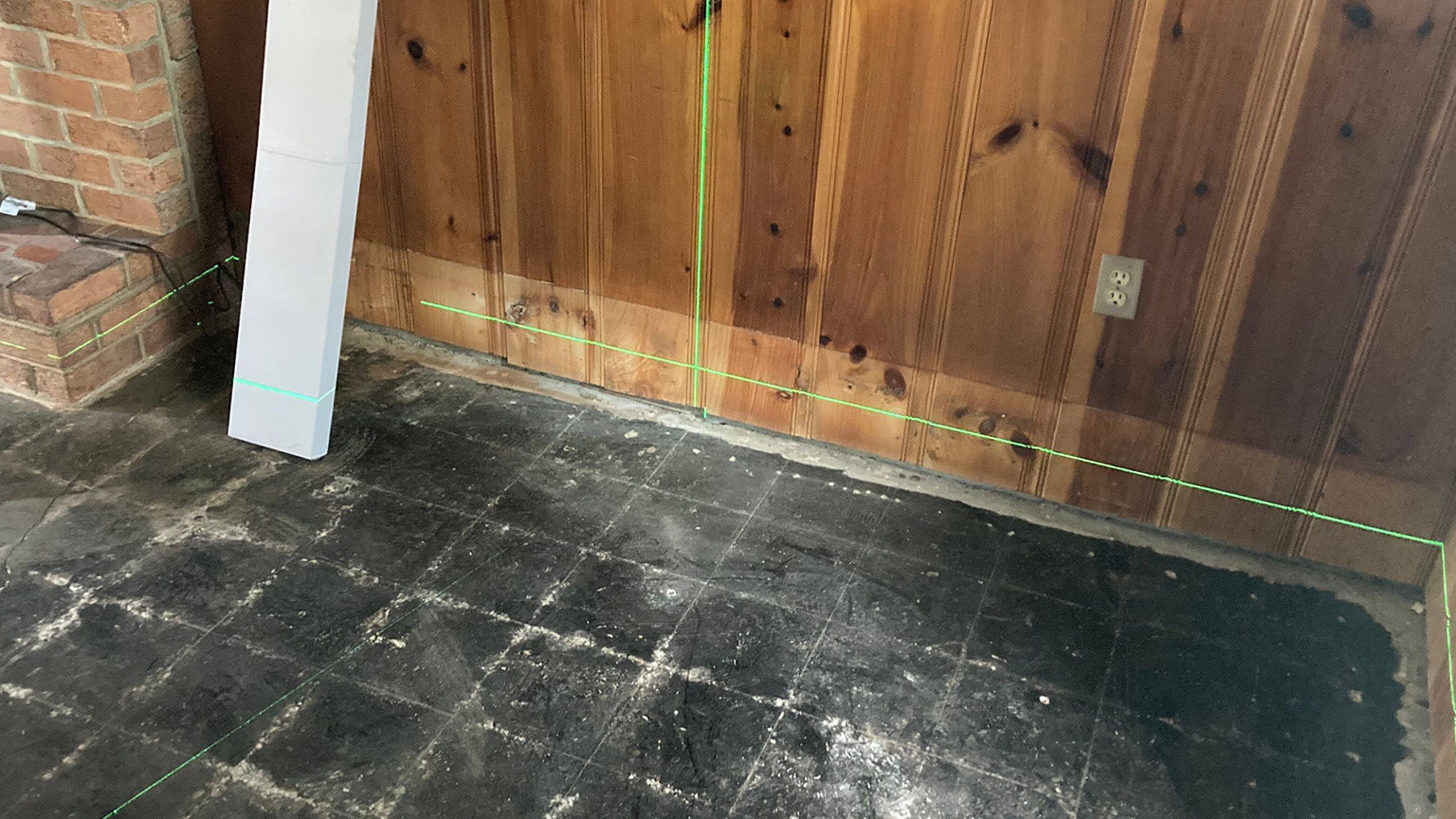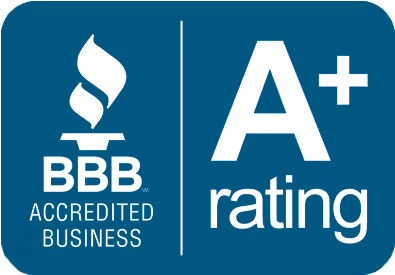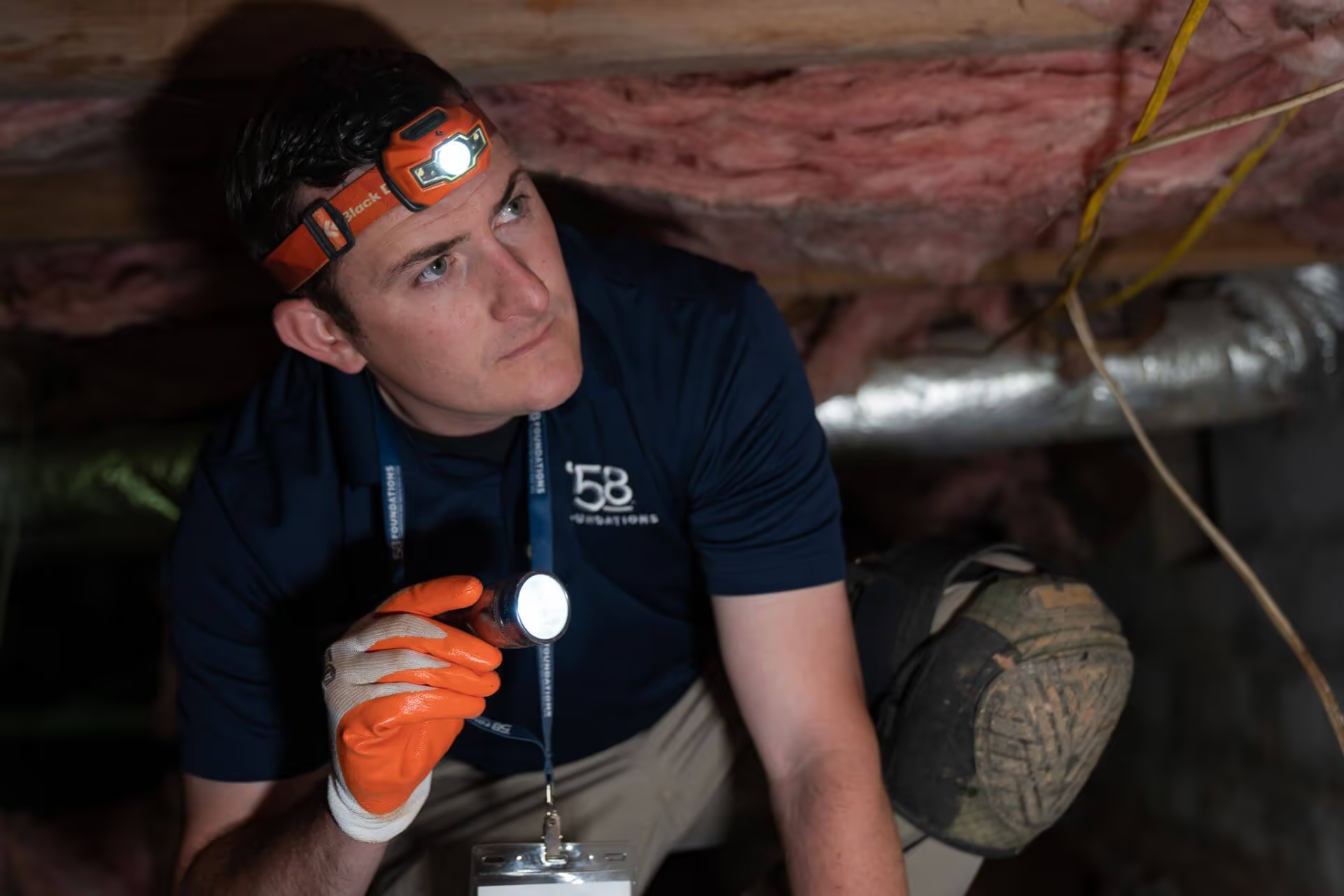Sagging floors are a sign of potential structural damage caused by foundation issues or weak floor joists. Learn the causes of sagging floors.






Crawl spaces often go unnoticed in homes, yet neglecting them can lead to detrimental consequences such as moisture accumulation and subsequent structural deterioration.
Sagging floors within crawl spaces are frequently attributed to inadequate or absent encapsulation. While foundational settlement and structural damage can play a role, insufficient insulation due to inadequate foundation support emerges as the predominant factor.
Improper crawl space encapsulation allows moisture to infiltrate, failing to shield against external humidity levels. This dampness can permeate through the subfloor, eroding its structural stability and contributing to sagging floors. Furthermore, persistent moisture fosters the growth of mold, weakening wooden elements over time and exacerbating the issue of settling floors.
Moisture and termites are intertwined, exerting a significant influence on crawl space integrity and sagging floors. Damp environments create an inviting haven for termite infestations, enabling their proliferation and subsequent harm to crawl space support structures. Effective moisture control and pest management are essential to mitigate the risk of potential damage. The mere presence of moisture can instigate infestations, and prolonged periods of high humidity further amplify this risk. Employing a dehumidifier serves as a preventative measure, curbing the chances of moisture-related complications, including termites infiltrating the living space from beneath.
Neglected crawl spaces can trigger severe repercussions, extending to the compromise of overall structural soundness and jeopardizing the house’s stability. Such structural damage, arising from inadequately maintained crawl spaces, can lead to costly and intricate repair endeavors. The absence of crawl space encapsulation intensifies moisture retention, providing an optimal habitat for termites and mold to thrive.
In light of these insights, it’s prudent to be vigilant for signs of potential issues like pests or water leakage in the basement. Staying proactive in this regard acts as a safeguard against potential hazards resulting from compromised infrastructure due to subterranean inhabitants or moisture permeating through the substructure.
Mitigating moisture accumulation and resultant structural harm begins with comprehending its origin and devising preventive strategies. Encapsulation, a comprehensive process, extends beyond rectifying sagging floors; it effectively curtails moisture ingress and the proliferation of detrimental mold. This approach delivers suitable insulation and shields against external humidity.
Employing a dehumidifier in conjunction with crawl space encapsulation can effectively lower moisture levels within the crawl space. Embracing a preventive stance is far preferable to remediation; safeguarding your home from unnecessary harm necessitates ongoing maintenance.
In essence, crawl space encapsulation serves as a fundamental countermeasure against structural deterioration attributed to moisture accumulation and the perils posed by pests such as termites. The capacity to curb moisture intrusion and thwart detrimental mold growth is pivotal in preserving crawl space integrity and preventing unwarranted sagging floors. With consistent maintenance, homeowners can effectively shield their dwellings from avoidable harm.






We respect your privacy. By submitting, you authorize '58 Foundations and Waterproofing to reach you via call, email or text for information about your project needs. We will never share your personal information with third parties for marketing purposes. You can opt out at any time. Message/data rates may apply. Consent is not a condition of purchase. Privacy Policy